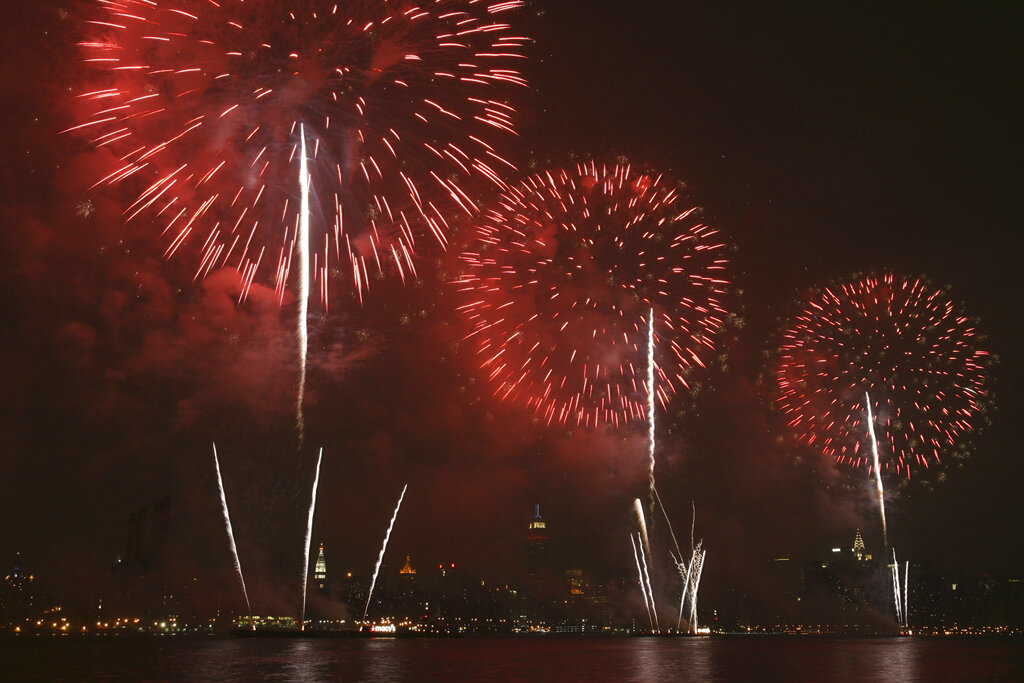
Central Illinois to see another extreme heat wave during holiday weekend
Starting on Independence Day, the National Weather Service predicts temperatures to reach a peak of 94 degrees with increased humidity.

Starting on Independence Day, the National Weather Service predicts temperatures to reach a peak of 94 degrees with increased humidity.
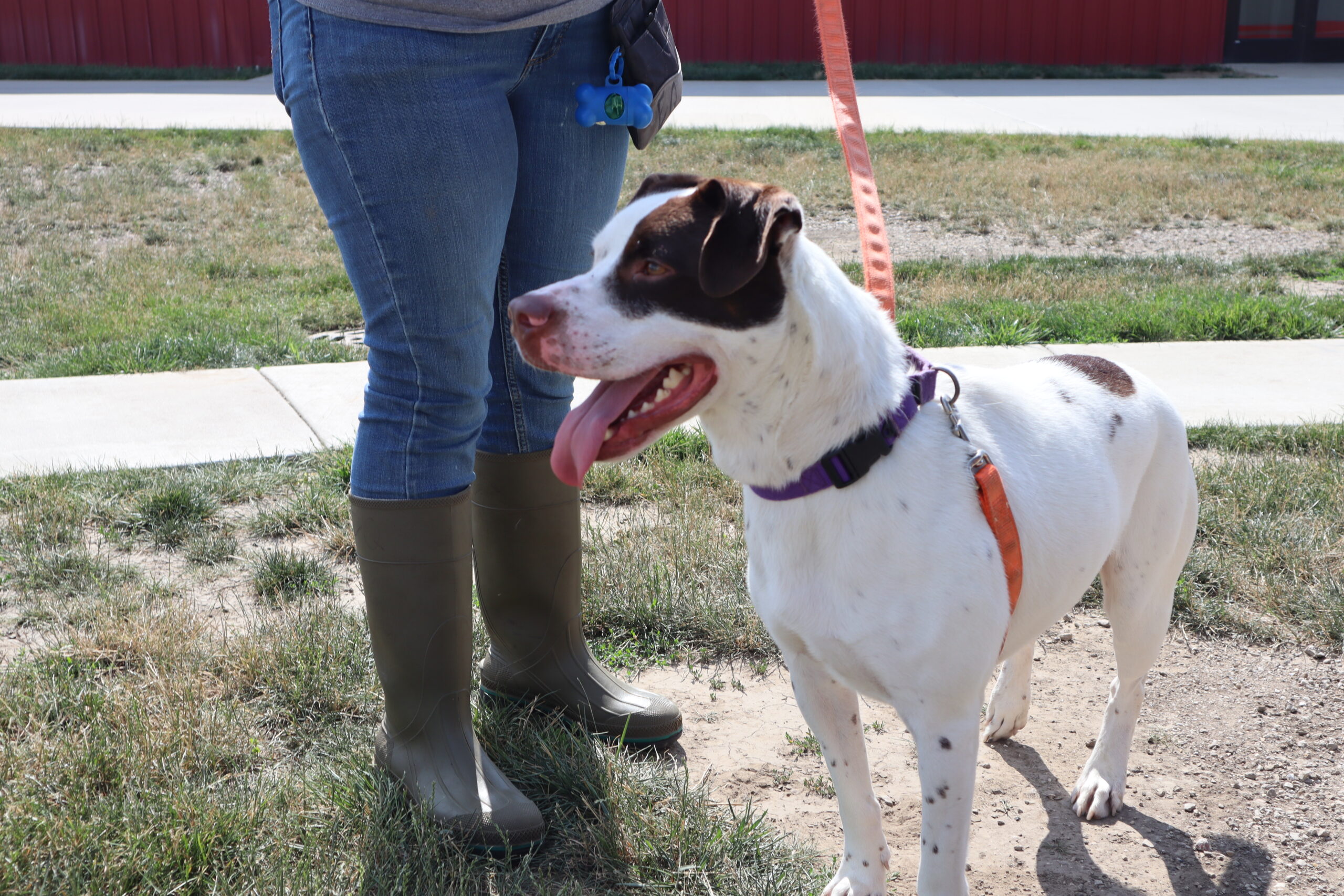
The ongoing heatwave in the Midwest and eastern U.S. isn’t just deadly for humans, but pets too.
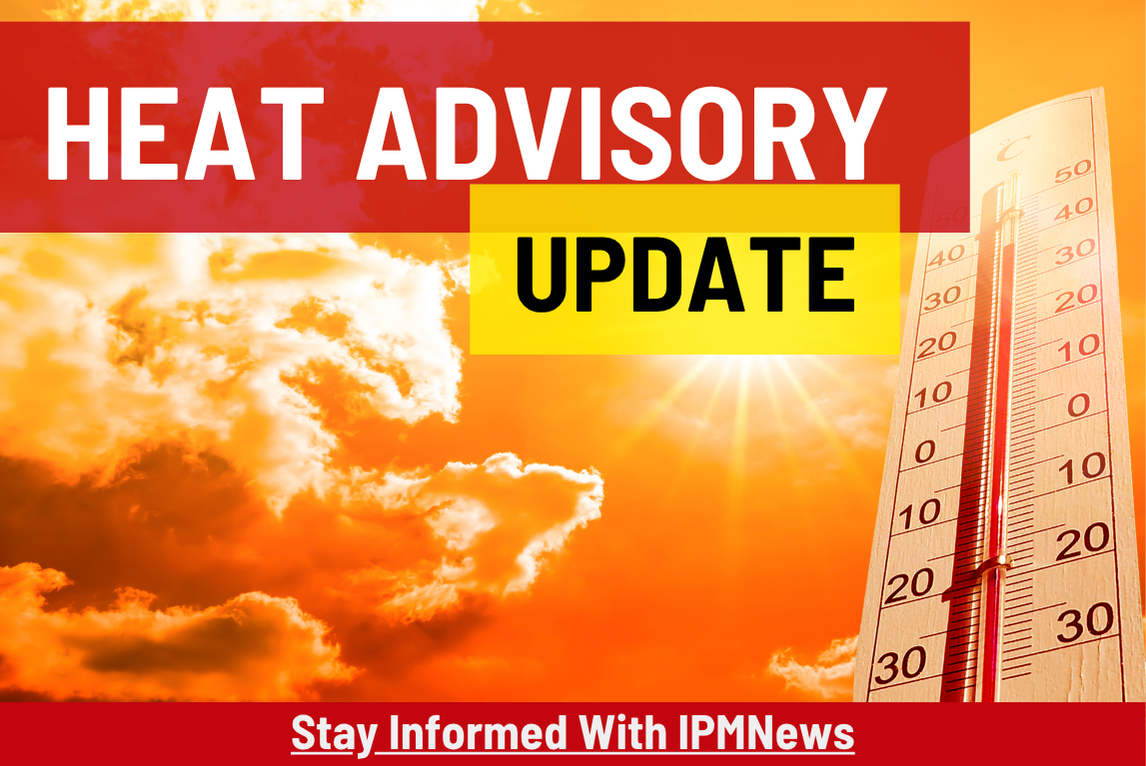
Daytime temperatures will top the 90’s but with high humidity it will feel like 100 to 105 degrees outside.

Illinoisans are catching a little break from the extreme heat seen earlier this week with temperatures soaring to the 100’s. An Excessive Heat Warning was in effect Tuesday 11am-8pm causing the Danville Consolidated School District to transition to an E-learning day and all outdoor programming sponsored by the Champaign Park District was cancelled. However,
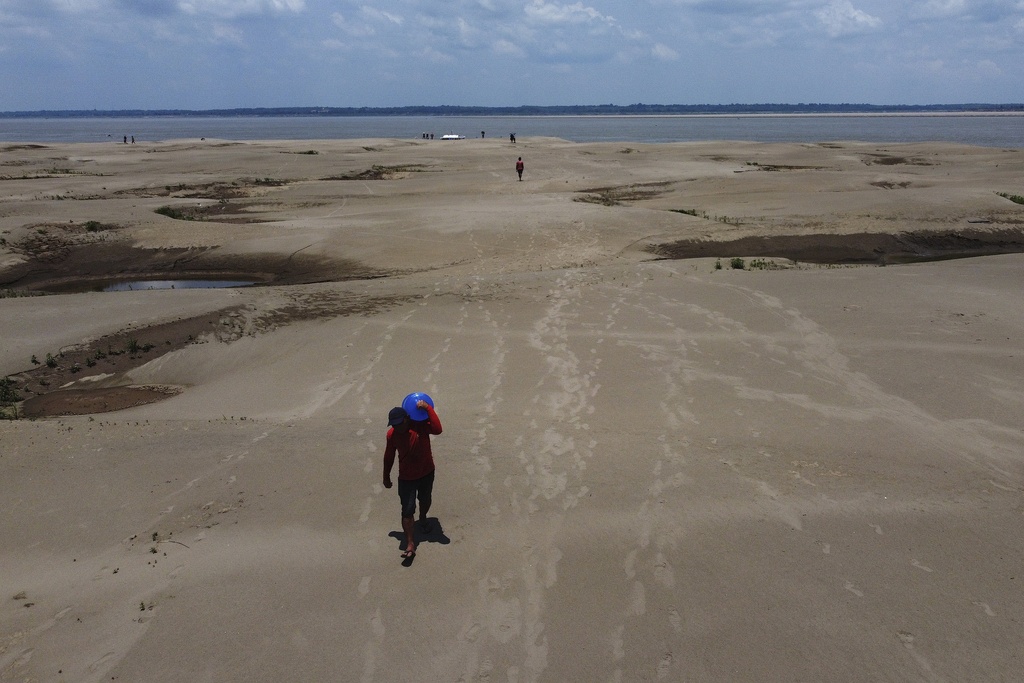
Earth last year shattered global annual heat records, flirted with the world’s agreed-upon warming threshold and showed more signs of a feverish planet, the European climate agency said Tuesday. The European climate agency Copernicus said the year was 1.48 degrees Celsius (2.66 degrees Fahrenheit) above pre-industrial times. That’s barely below the 1.5 degrees Celsius limit
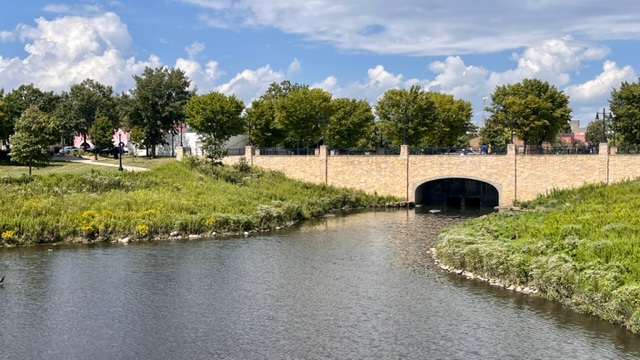
From NWS Lincoln: Labor Day features hot and humid conditions, with afternoon heat indices near 100 degrees. A few severe thunderstorms are possible Wednesday afternoon and evening.
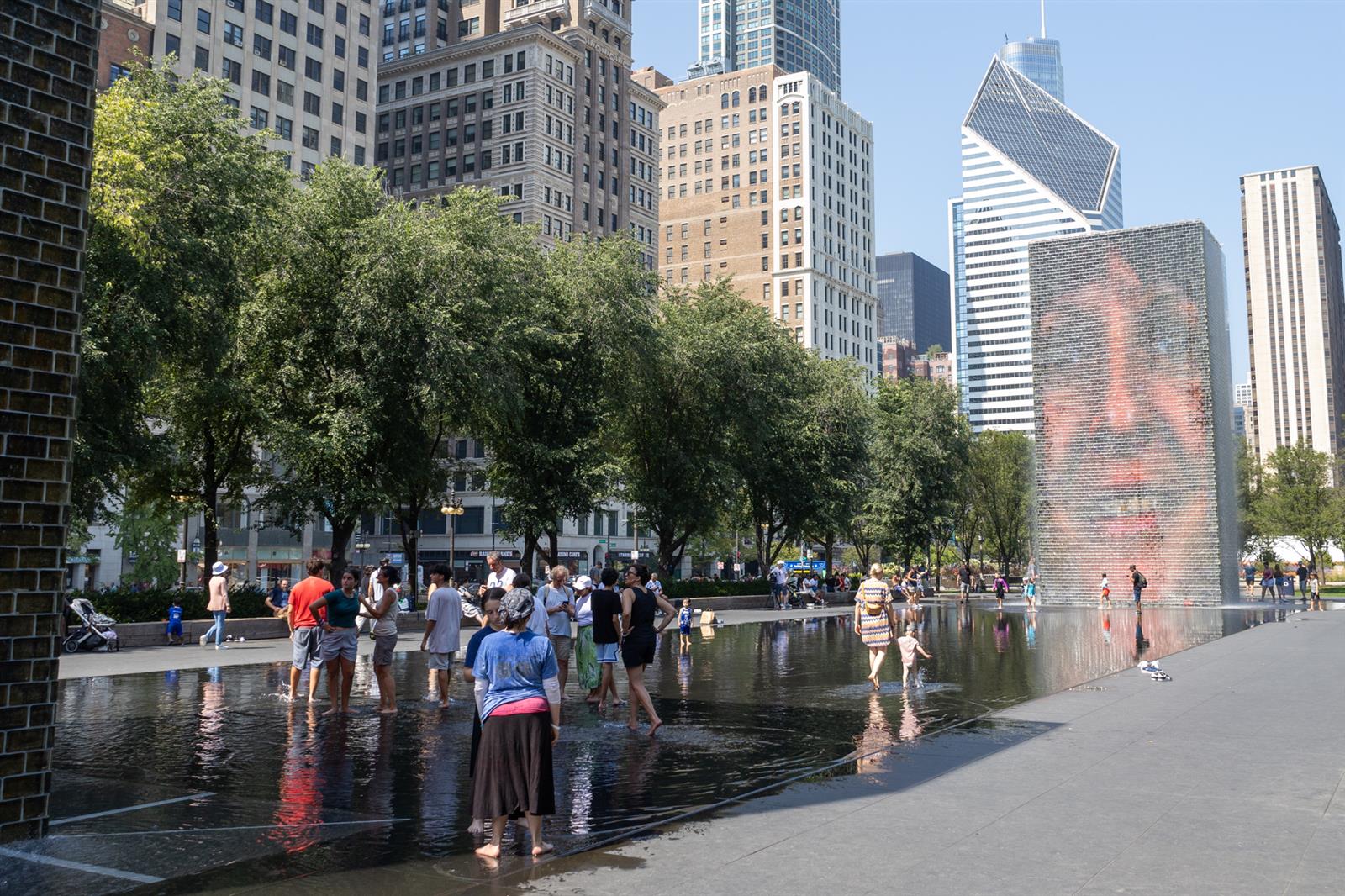
Dangerously high heat follows drought conditions earlier this summer.

The National Weather Service in Central Illinois is forecasting Heat Index values higher than 100 degrees this week. Check here for the latest forecast and cooling center information. Less humid air starts to push in on Saturday, but will take until Sunday to fully cover the area. The best chances for rain in the near
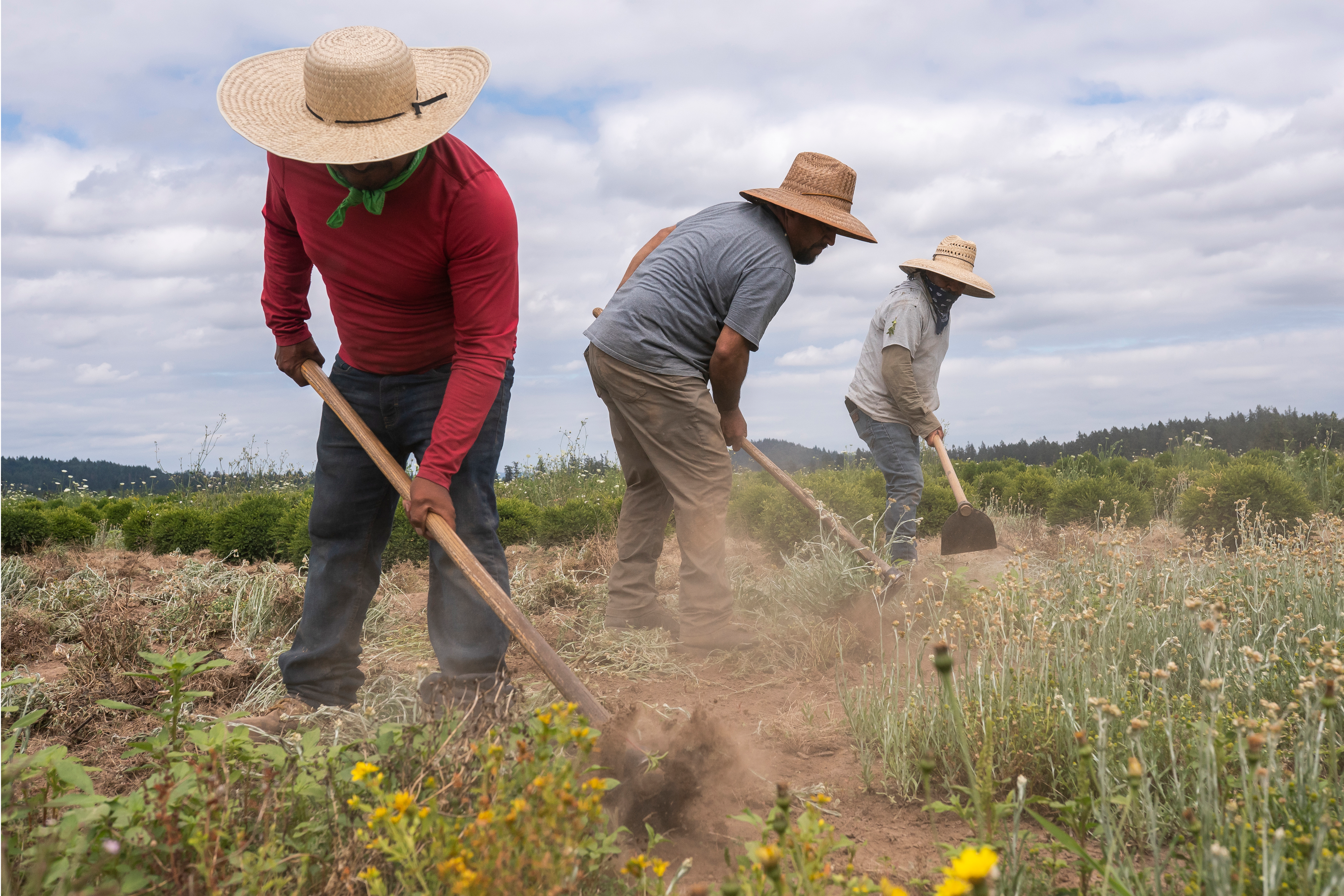
People who work outside increasingly risk their income, illness and even death as climate change ramps up extreme heat. That’s according to a first-of-its-kind study from the Union of Concerned Scientists, titled “Too Hot To Work.” The study focused on workers who spend some or all of their work time outside, including construction workers, emergency